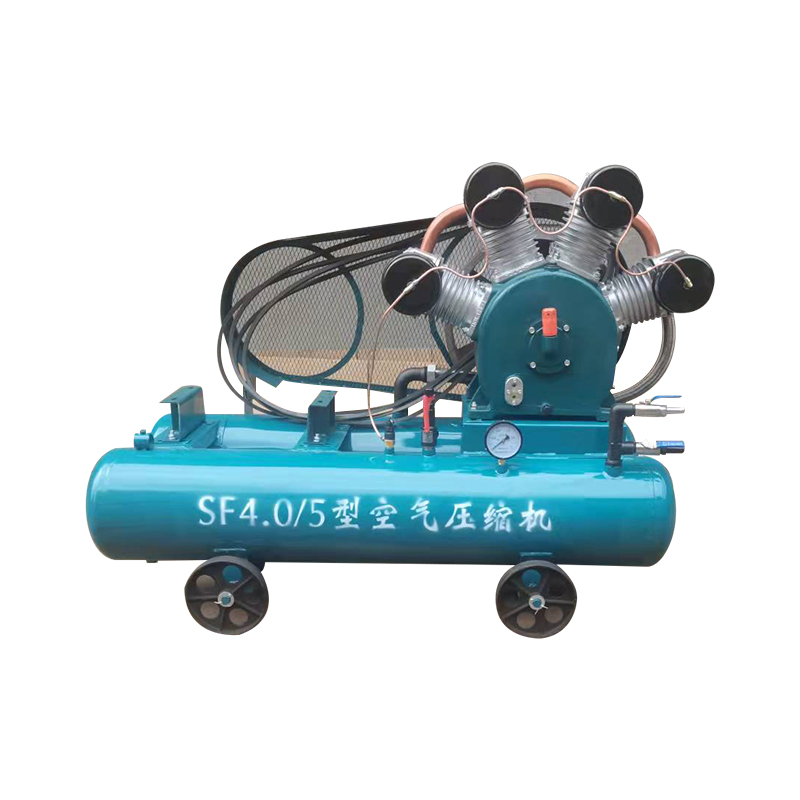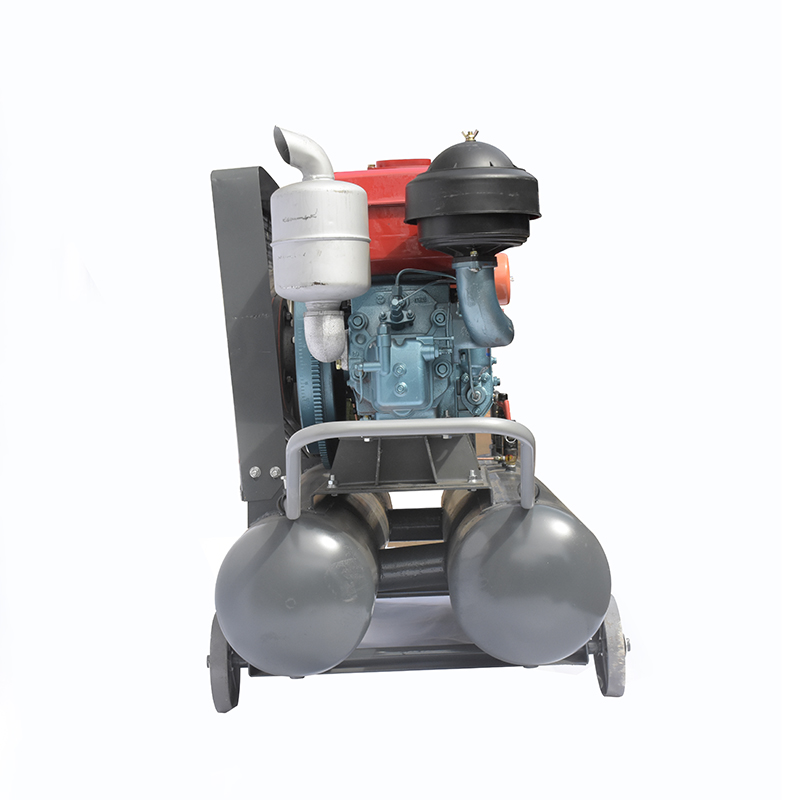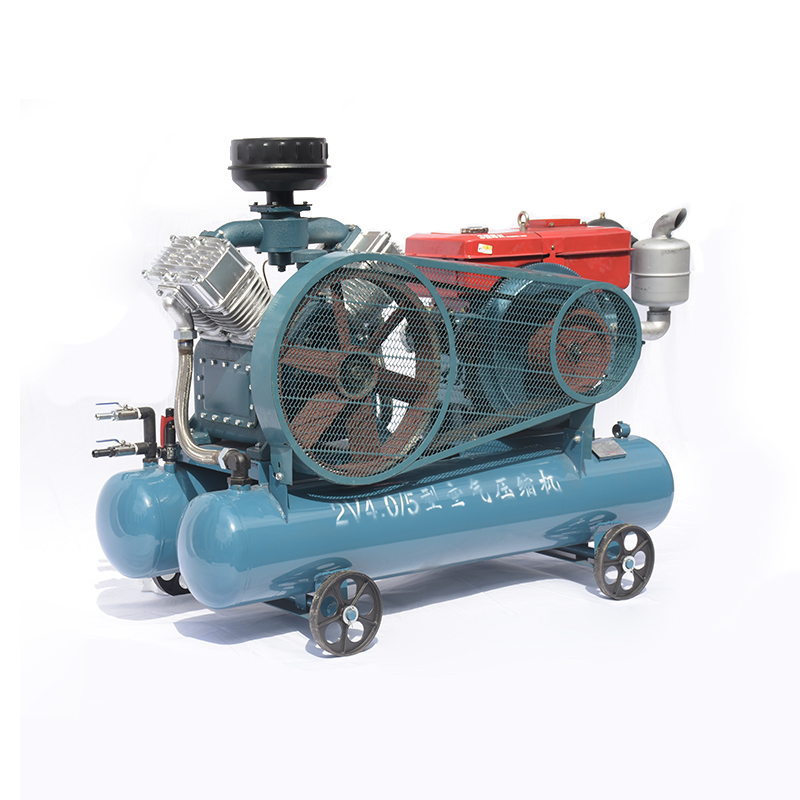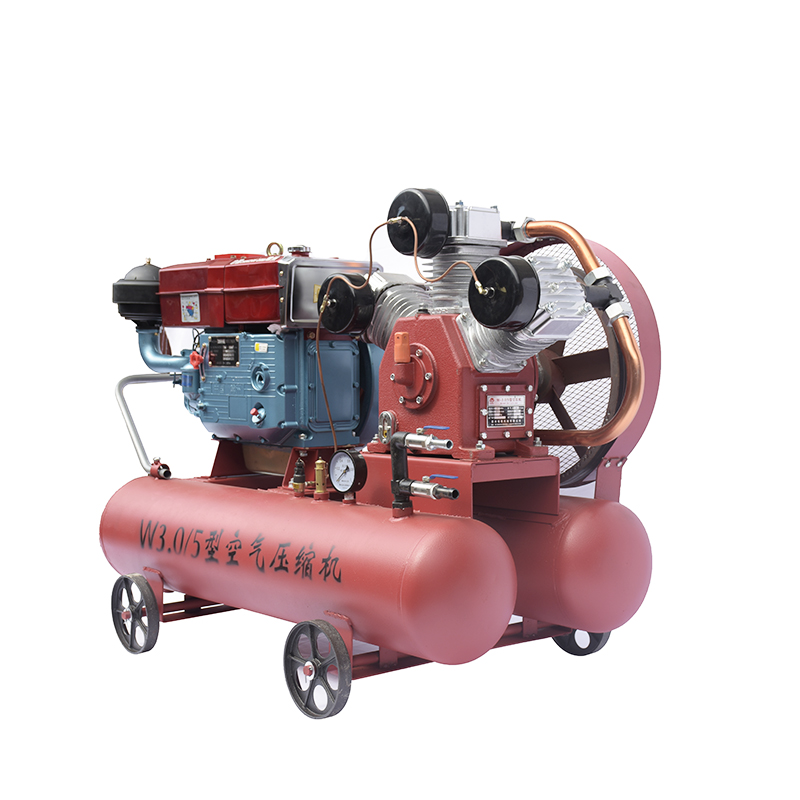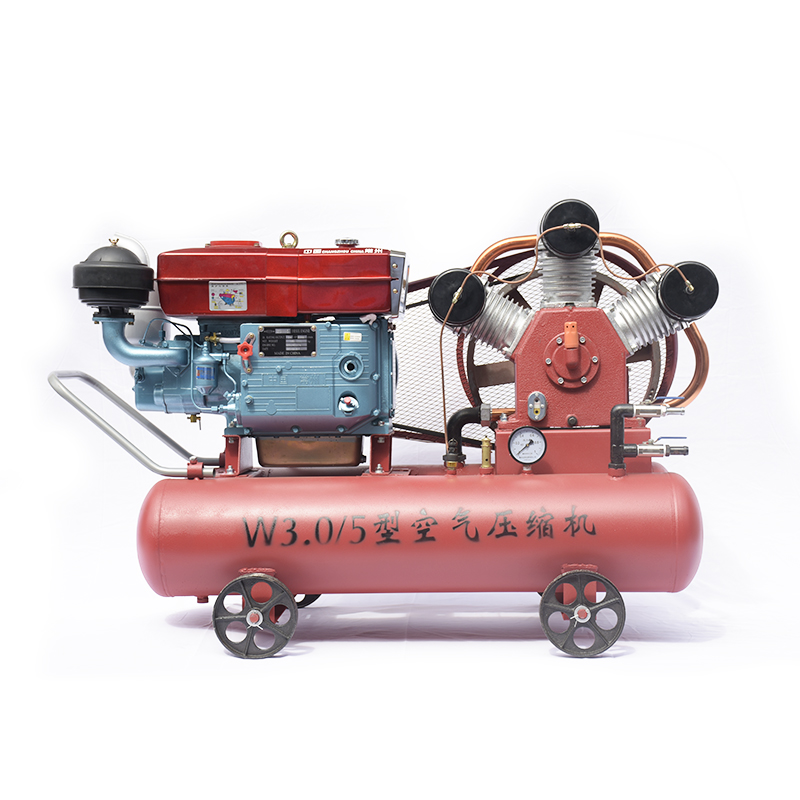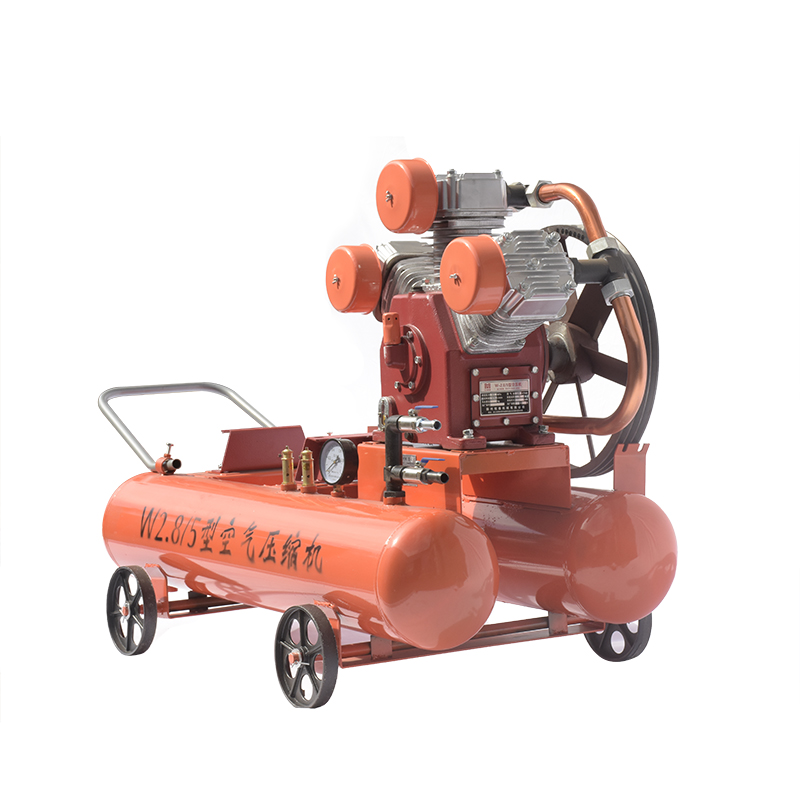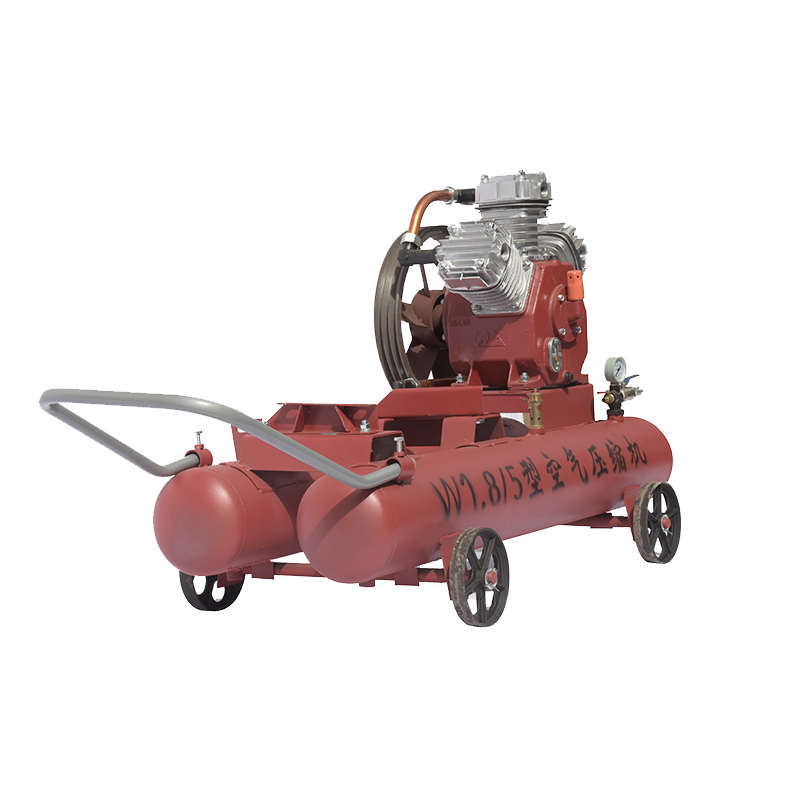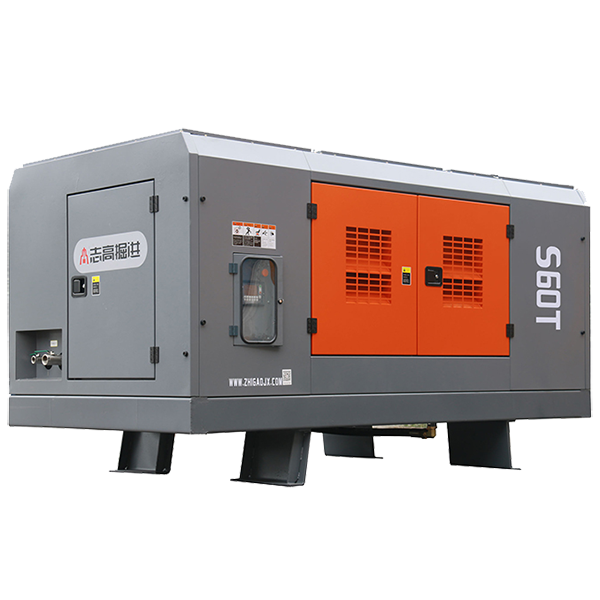An air compressor is a powerhouse of potential energy, converting energy from electric or gas motors into pressurized air stored in a tank. The device continuously pumps air into the tank, progressively enhancing the pressure until it reaches a set limit where the compressor automatically halts. Afterward, the tank holds its contents until it is necessary to draw upon them.
The tank propels compressed air to the consumer through an air hose that must be of substantial strength in order to endure the temperature fluctuations, vibrations, and pressures associated with its role.
The piston type of air compressor is the most widely-used variety. A sealed cylinder contains a single piston which is moved up and down using a crankshaft. This action induces compression in the contained air.
The second most popular form of air compressor is the rotary screw type. In this mechanism, two interlocking screws spin within an enclosure. This motion sucks the air into the chamber, condensing it as a result.
Centrifugal air compressors rely on a spinning wheel with blades to draw in air that’s then launched to the sides, creating centrifugal force that compresses it in the process. This type of compressor utilizes this powerful force to store energy and increase air pressure.
A fourth air compressor variant is the scroll type, which features two scrolls rotating around each other. They attract the air from the exterior and concentrate it inside, thereby compressing it.
The diaphragm compressor is the last type of air compressing apparatus. This method employs a diaphragm that acts as a wall between two zones. The back-and-forth movement of the diaphragm compacts and concentrates the air, pushing it from one enclosed area to the other via a connecting opening.
Many household tools and devices rely on the power of an air compressor for their primary functions, whether it be to pry open a wood panel, blast away dirt and grime with a pressure gun, or inflate a tire to its ideal pressure.
For an air compressor to prove useful, a dependable air hose must be present to carry the compressed air to its ultimate destination. To ensure this, the hose should be sufficiently strong; built with the capacity to withstand the pressures from the compressed air, as well as temperatures and movement caused during regular operation.
A reliable and hard-wearing choice for air transmission, rubber hoses are popular for their lightweight and pliable properties. An expansive selection of lengths, widths, and colors means these hoses are easy to customize and customize for individual needs.
When searching for an air hose, the PVC variety is a widely used option. This type shares many similarities with rubber hoses, however it is not as pliable. If desired, PVC hoses come in an assortment of lengths, diameters, and colors to accommodate the needs of the user.
A polyurethane hose is a great alternative when it comes to air hoses. They have the advantage of being lightweight, durable, and flexible. No matter the length, diameter, or colour you’re looking for, polyurethane hoses will likely have an option you’re looking for.
A range of lengths, diameters, and colors are available for air hoses, and each of these features have their own functions and benefits. Length dictates how long a distance the air is capable of traveling, while diameter determines the level of airflow. Color makes it easy to identify the hose when it’s located in a busy work environment.
For air hose needs, choose from an exciting range of sizes! Offered in 25 foot increments up to 100 feet – there’s a length perfect for your setup. Make the selection even more fun with a bevy of colors from which to choose. Cranberry, Chartreuse, Ebony, Lemon, and Navy are just some of the vibrant options ready for you in the 1/4 inch, 3/8 inch, and 1/2 inch standard diameters.
Withstanding a multitude of tough conditions, air hoses are typically crafted from strengthened synthetic fabrics, such as polyester, nylon, and PVC. These components guarantee durability and lasting performance.
Different air hoses can be outfitted with a range of diverse end fittings, including male and female NPT, quick-connect, and camlock-style pieces. These affixments enable air hoses to be securely connected to various equipment.
There are a range of different sizes for Male and Female NPT Fittings, all designed for attachment to air hoses; these encompass 1/4 inch, 3/8 inch, and 1/2 inch variants. This type of fitting is one of the most frequently used designs in the industry.
For solutions to fast and easy connecting of air hoses, quick-connect fittings are the next best thing. These fiddly-but-versatile fittings come in three varieties – 1/4 inch, 3/8 inch, and 1/2 inch – and can be put to use in a wide range of circumstances.
When it comes to air hoses, using Camlock fittings as the terminal end is the third most popular choice. Camlock fittings come in a range of dimensions from 1/4 inch to 3 inches.
Post time: 2023-07-01


